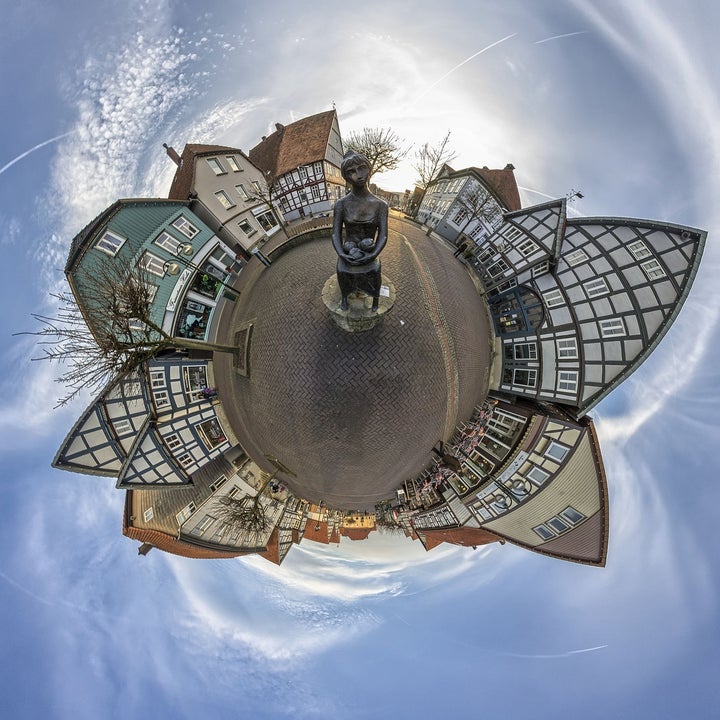THE POWER OF STORIES IN THE 21st CENTURY

It says a lot about my family that my big, fun invitation for Memorial Day weekend was to the Narrating Science conference, “The Power of Stories in the 21st Century”. Together Dad, me, sibling, Mom, and spouse spell STEAM which adds art – particularly design – to the science, technology, engineering, and mathematics acronym (also a zoologist, Mom doubles for science/art depending upon one’s nerdy needs). I am geeky enough to have posed four of us as STEM during a Hawaiian vacation.
We like thinking and especially having time to sit and think and explore new perspectives; it seems like such a luxury. So, yes, an invitation to a Fiction meets Science conference was well received. Don’t worry, friends; I know it is better to invite most of you to a weekend in Vegas.
Father and husband at home, I honestly expected the other two of our TEA to abandon parts of the conference in order to tour Toronto. Instead we three sat in a snug thank-gawd-it’s-a-windowful room taking diligent notes and discussing the presentations long into the evening. From the influence of Roots on human origin stories (Josie Gill) to South Park’s use of science to illuminate moral hypocrisy (Edward Bankes) to David A. Kirby’s controversial stance that the film Hidden Figures was about discrimination, not about science, and could therefore have followed Black women lawyers and told the same story (absolutely not!), it became clear to me that the conference was ultimately about the power of alternative facts.
Stories – whether motion picture or text – are product not only of their modes of production but also what audiences want to see. How else does someone read The Hunger Games novel’s description of the character Rue including her “thick dark hair” and “dark satiny brown skin” and still picture a “little blonde innocent girl” until the movie comes out (and because Rue’s Black, “her death wasn’t as sad”)? How else do audiences watch a film like Hidden Figures and celebrate the fictional desegregation of Jim Crow bathrooms by the composite (i.e., fabricated) White character Al Harrison when the real Katherine Johnson desegregated NASA bathrooms herself? Frankly, how else do audiences dub Hidden Figures a “feel good movie” when it ends with genius Black women who were more highly skilled than the White people around them taking one step up a skyscraper length ladder and remaining employed far beneath their aptitude and out of the public discourse for half a century?
The GD-IQ would more accurately tabulate the stats, but audiences might also feel dejected by White males garnering the lion’s share of speaking and screen time over the Black women who in theory lead the film, leveling another challenge to the revelries. Audiences ignore most of these contexts in order to focus on what they want to see: a film about Black women scientists and their extraordinary contributions to space exploration. Certainly that narrative predominates the headlines, but the rest becomes part of audiences, too.
Narrating Science touched on how stories open us to absorbing their components as truth because they lower our resistance to persuasion (Matteo Farinella). While a viewer may protest that anything outside of the pride in NASA’s Black women “human computers” does not impact the takeaways, what becomes truth for that viewer is the elevation of White heroes, the idea that any gains by Black people are because of White people, that we all should focus on small steps, that those are good enough, and that the big picture is rightfully ignored.
We want to feel affirmed. That is the one goal we humans have in common. We want that feeling so badly we put blinders on ourselves. Humans can’t get it together enough to end light pollution – an easy fix if ever there were one (Cynthia Tarr) – but we ignore our ineptitude at that simple task and convince ourselves that people will overcome the horrors that are already befalling us from climate change. The window to avoid catastrophic climate change closed, and yet we continue to tell lies so that we feel better, more aligned with what we want reality to be. We won’t be better, but we will perish feeling more resolved.
How do we overcome our craving for alternative facts? This question was asked in multiple forms during the conference. One presenter wondered how to convince certain populations of scientists of the obvious: that the ways they set up their experiments shape the results (Priscilla Wald). Another wondered how to persuade people that accidents are inevitable, that the ways in which we gravitate toward blaming human error reject the certainty of, e.g., nuclear meltdown (David K. Hecht). I comment in simpler terms: just because you get pregnant, it does not mean that birth control pills aren’t 91% effective; you just happen to be the one in eleven. However, most humans resist such reflection.
Therein lies the appeal of science. It probes why anyone should be able to patent cells, genes, and organisms above and beyond whether HeLa cells should profit Henrietta Lacks’s survivors. It considers the commercialization of virtual reality and the frankly predictable increase in mental health issues in the general population of consumers (particularly gamers addicted to first person shooters). It should also ask why at an international conference on the power of stories in the 21st century, the overwhelming majority of participants are fair skinned (my mother being the only attendee of darker complexion) while serving staff are dark including one who is studying microbiology. I do not catch his last name.
I suspect many at the conference find themselves in the same position I am in, focusing much of observation, research, and/or activism on the trees and neglecting the forest. In a world of alternative facts, the latter is overwhelming. Truth: we give more power and income to those who make us feel a certain way than to those who do the heavy lifting of what we actually need to live. We compensate celebrities of acting, sport, and music more than those who harvest our food, than those who keep our immediate environments sanitary. Educators and civil rights attorneys enjoy far less celebration and income for their contributions than that spokesperson who sells you product in a series of 30 second spots. I should know. I have been all three and was never paid as much nor received as many fanatical accolades as for selling strangers things they don’t actually need in short television ads.
Joan Haran emphasized the role of hope in speculative science, but that hope is expansive. We revere those who make us feel as we wish, who affirm what we want to believe is true. Of course, we as consequence then rebuff those who pull our blinders off. We reject truth in favor of more affirming alternatives.
We need to see.
